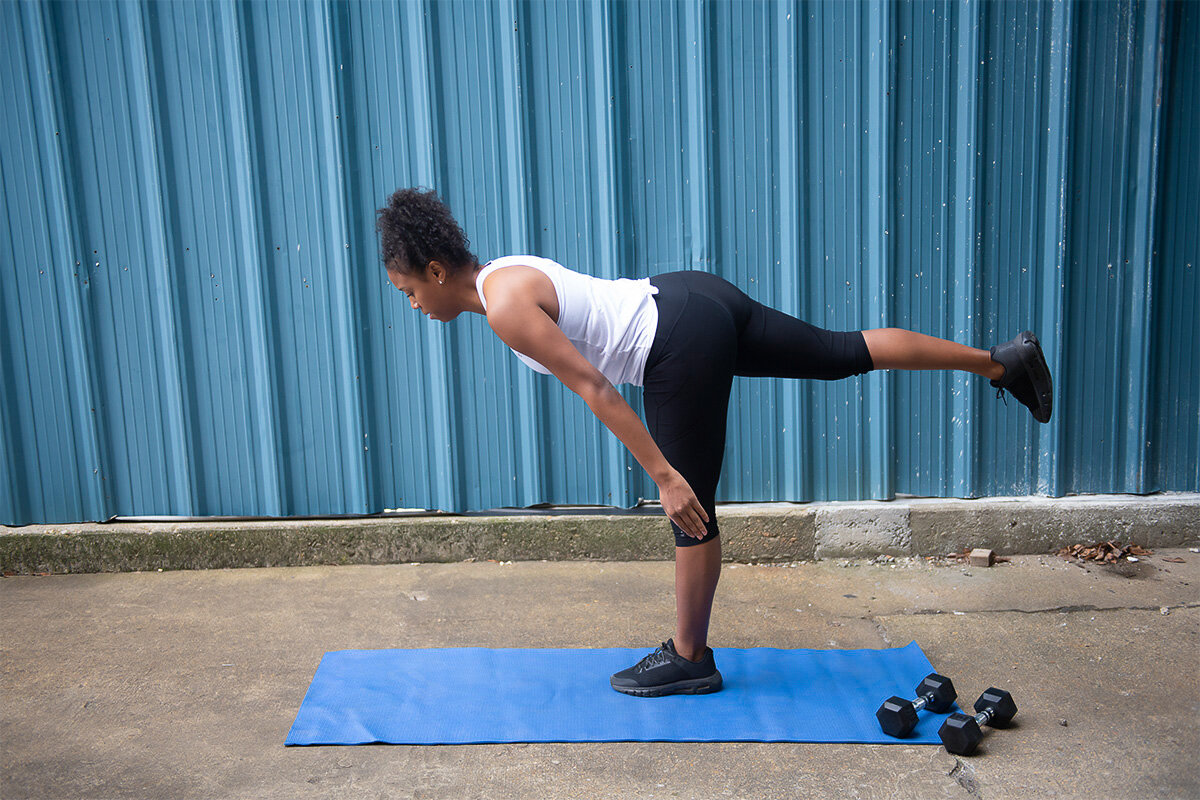Why Cross Training is Important for Runners
Photo: Na'Tasha Jones for RUNGRL
By Dominique Burton, Co-founder and Chief Experience Officer, RUNGRL
Whether you’re training for your next race or looking to improve your performance overall, cross training should be a regular part of your workout schedule.
Cross training is defined as ‘an athletic training in sports, other than the athlete's usual sport.’ By varying the types of workouts you do, you can take advantage of the particular effectiveness of one training method and negate the shortcomings of another. Also, by diversifying workouts, runners are able to build strength and flexibility in the muscles that running doesn't always utilize. Some also cross train in hopes of preventing injury, correcting muscular imbalances and adding variety to prevent boredom and burnout.
Interestingly, a 1988 New York Times article once reported that many physiologists at that time believed that cross training was actually a waste of time. “Cross training is a fallacious idea. Many physiologists report that there has never been a definitive study that showed that cross training improved someone's performance at a specific sport,” the article said. However, the article did concede that, at the very least, cross training made for more interesting training: “The variety [cross training] embodies is a delightful tonic. Run today, swim tomorrow and cycle the next day. Staying fit that way might be a lot more interesting.”
Thirty years later, physiologists still don’t totally agree on exactly how much performance benefit can be gained from cross training. With mixed information, how can we know where to begin?
Benefits of Cross Training
The trick, says Runner’s World, is to “approach cross-training as a runner. Runners have their obvious strengths: power, endurance, tenacity. But within those strengths lies the potential for weakness: quads that overpower our hamstrings, neglected upper bodies, and poor flexibility—qualities that could lead to problems.”
Incorporating cross training exercises helps balance muscle groups. It strengthens your non-running muscles and allows for a break in those muscles you’ve been overusing for running. WebMD explains, “One of the most common mistakes people make with exercise is repeating the same routine week after week. To continue to improve your fitness level and reap all the benefits of regular exercise, you need to keep your body guessing. Cross training does this for you.”
By balancing your weaker muscles with your stronger ones, you can potentially lower your chance of injury, as well. Have you ever been in the middle of training season and encountered an injury where the doctor has told you to take a break? Injury recovery can be the perfect time to substitute some running days with a (doctor-approved) cross training exercise.
Related post: I’m Injured...Now What?
We can all get a little bored with running, especially if we run the same routes each week. Cross training exercises can provide a much-needed mental break to stimulate the mind, shake things up and avoid mental burnout. Finding an alternative to keep you active and on track with your training schedule is key.
Runner-Specific Cross Training
Overall fitness and a well-rounded training program are always great goals. However, if your particular area of interest is cross-training to improve your running performance, you’ll want to choose workouts that are closest to running in terms of muscles used and level of aerobic systems exertion. Spinning, swimming and rowing are all great examples of aerobic exercises that can improve your performance (triathlon anyone?) while switching things up a bit.
Weight training is another great cross training option. Active.com notes that “weight training can improve running economy.” This means that it can help improve how efficiently the body uses oxygen while running.
Good form is also crucial when starting a structured weight training program, so it’s important to talk to a trainer or experienced coach to show you how to properly execute the exercises, as well as which moves work best for your goals.
How Often Should You Cross Train?
The amount of cross-training you should do really depends on how you're feeling, both mentally and physically. In general, if you're a recreational runner, try to supplement your three-to-four days of running with two-to-three days of cross training. If you're a competitive runner and run four-to-six days a week, you can substitute a low-intensity cross training workout for an easy run or a rest day on one or two days per week.
Cross training can also be great for runners who are traveling and may not be able to run outside or on a treadmill but have access to other sports. It’s also a great place to get started. Can’t make your run? Use that opportunity to give cross training a try. Some great options include swimming, pilates, yoga, HIIT training and structured weight training.
What are your' favorite ways to cross train? Be sure to share in the comments below!
Dominique Burton
Chief Partnerships Officer












